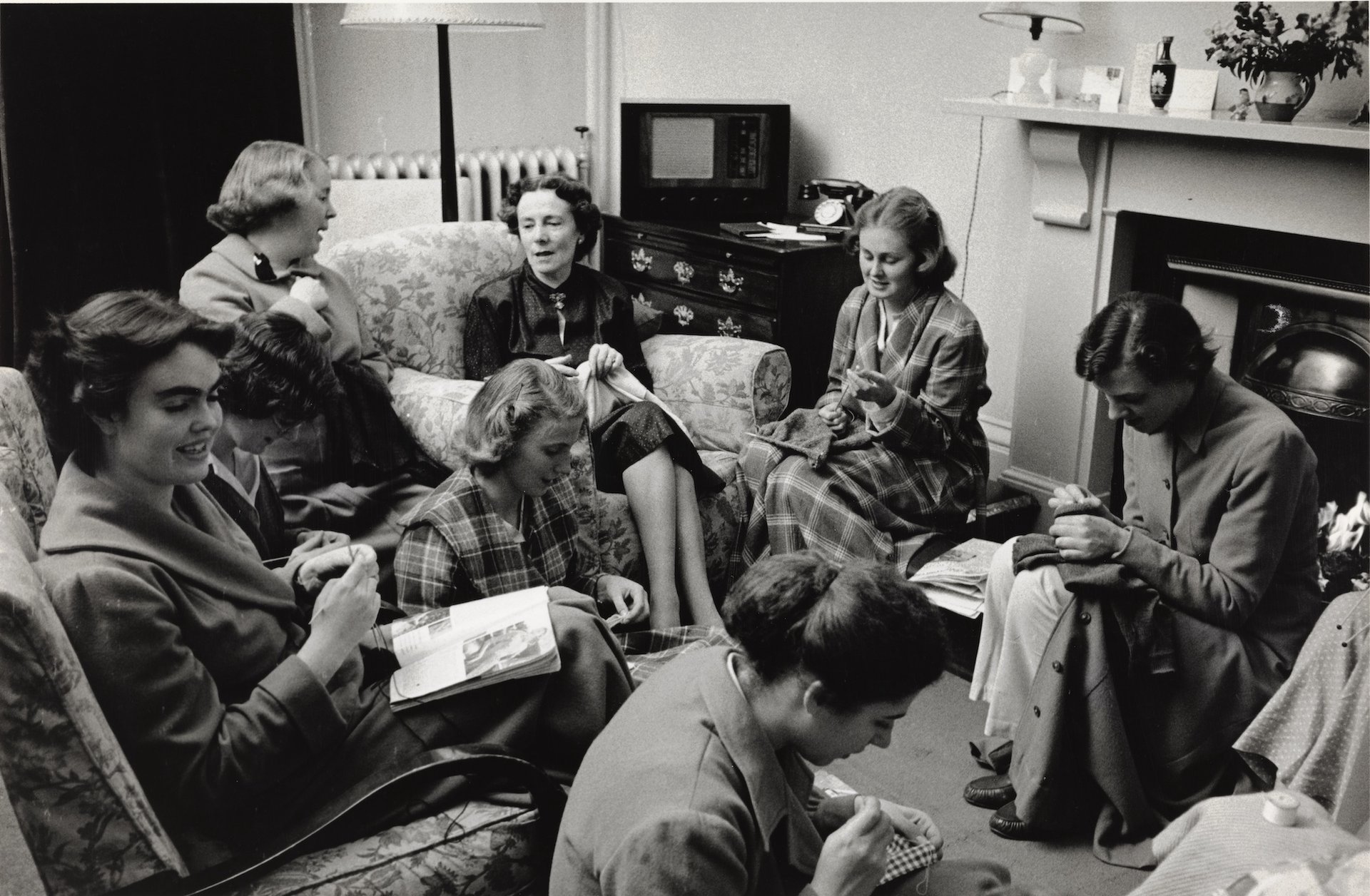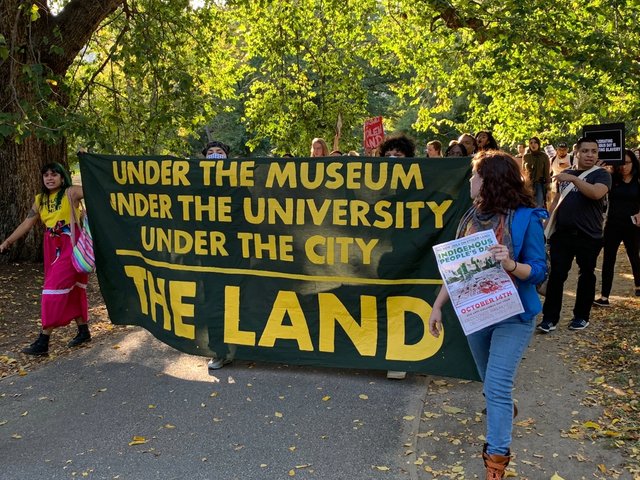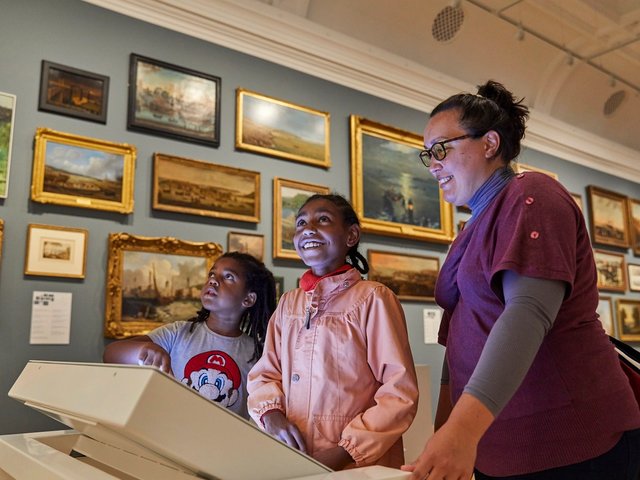When The Phillips Collection was founded in 1921 by the art collector and philanthropist Duncan Phillips, the United States was undergoing profound transformation. President Warren G. Harding was calling for a return to “normalcy”—a word whose resonance in today’s political rhetoric suggests a familiar retreat—as the nation grappled with sweeping social, political and cultural shifts. The Harlem Renaissance was flourishing; racial violence, such as the Tulsa Race Massacre, laid bare deep racial divides; and artists like Edward Hopper and Georgia O’Keeffe were redefining American art. Amid this complexity, Phillips envisioned a museum that would be more than a place for passive admiration or the study of art history. He imagined a site of reflection, experimentation, civic dialogue and respite—urgently needed during a time of disruption and dislocation, in many ways comparable to our own.
More than a century later, as the nation approaches its 250th anniversary, it is staggering that we continue to wrestle with the same raw questions of identity, inclusion and historical narrative. Here in Washington, DC, cultural institutions are navigating renewed calls for a return to “normalcy” and “sanity” alongside efforts to narrow the scope of the American story. While some organisations have been more directly targeted, these broader pressures are reshaping the cultural landscape we all share.
Whatever their purview, museums live in the cultural moment and are always tasked with responding to it. Today, the loss of federal funding, mounting financial pressures, rapidly evolving public expectations and heightened scrutiny around the museum’s civic role make this particular moment especially fraught.

Esther Bubley, Untitled (Woman’s Sewing Group), 1950s The Phillips Collection, Washington, DC, Gift of Cam and Wanda Garner, 2013
In this environment, Phillips’s vision of the museum as a space for dialogue, discovery and shared civic responsibility feels more relevant than ever. He championed art “as part of the social purpose of the world”, and that ideal continues to guide our work. His legacy offers a forward-thinking framework for how museums can remain vital in turbulent, polarising times: by serving as places where individuals can explore their values, better understand their place in the world and engage in shared inquiry—spaces where all feel seen and represented.
At The Phillips Collection, we are responding to this moment by renewing our commitment to that founding vision. Our newly launched strategic plan builds on the museum’s legacy by commissioning living artists, expanding the collection to include historically marginalised voices, and cultivating long-term partnerships with cultural organisations across Washington, DC, and beyond. At a time when many are asking what they can do, supporting local institutions is one tangible way to foster connection, civil discourse and belonging.
A clear example of this approach is our upcoming exhibition, Out of Many: Reframing an American Art Collection, opening this week and timed to the nation’s semiquincentennial. Born out of our ongoing Seeing US research initiative, the exhibition critically re-examines the permanent collection to recover lost narratives and highlight how artists across generations have imagined the peoples, cultures and landscapes that make up the United States.

David Hammons, Untitled, around 1975 Private collection courtesy RYAN LEE and Salon 94 © 2025 David Hammons / Artists Rights Society (ARS), New York
Our history offers frameworks for progress if we treat it as a guide, not a destination. The danger lies not in looking back, but in turning back. Phillips himself understood the power of juxtaposition, placing art from different periods, places and perspectives in conversation with one another. We carry that spirit forward today, using the collection to explore American art as a dynamic, evolving project—one shaped as much by the viewer’s perspective as by the artist’s intent.
In Washington, museums operate at the intersection of civic memory and political discourse. As the country nears its 250th anniversary, cultural institutions are being asked to define what it means to tell the American story: whose voices are included and how narratives are shaped. The role of museums has never been more vital. We are not merely stewards of the past; we are civic actors positioned on the precipice of the future. Our responsibility is to push the American story forward—to confront the uncertainty of what comes next by widening the lens and inviting communities to help shape that understanding. At the Phillips, we remain a beacon for inclusion because our public is part of what comes next.
- Jonathan P. Binstock is the Vradenburg Director and chief executive of The Phillips Collection
- Out of Many: Reframing an American Art Collection, 8 November-15 February 2026, The Phillips Collection, Washington, DC





